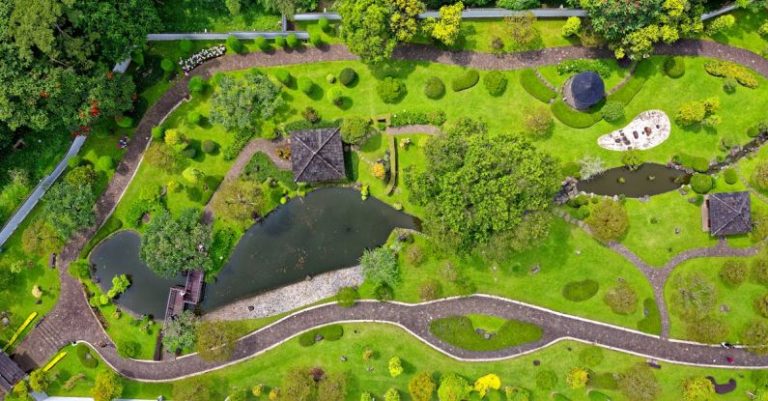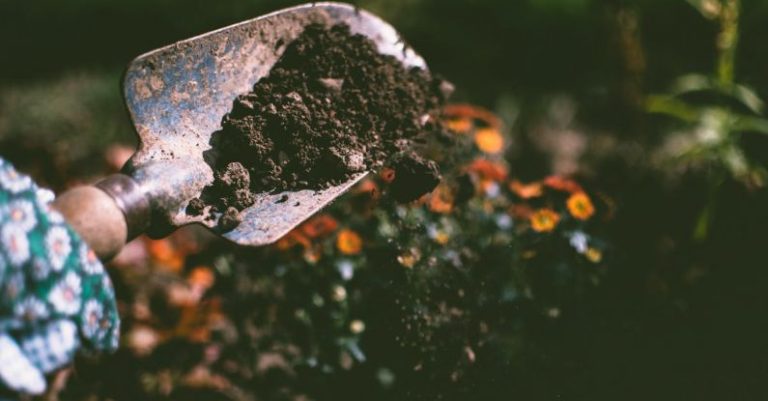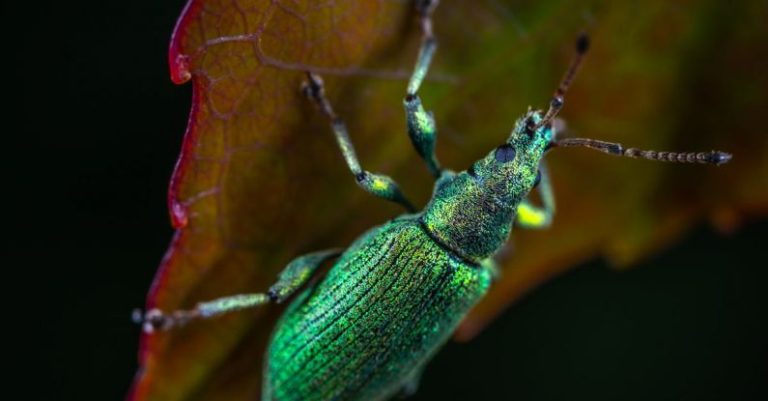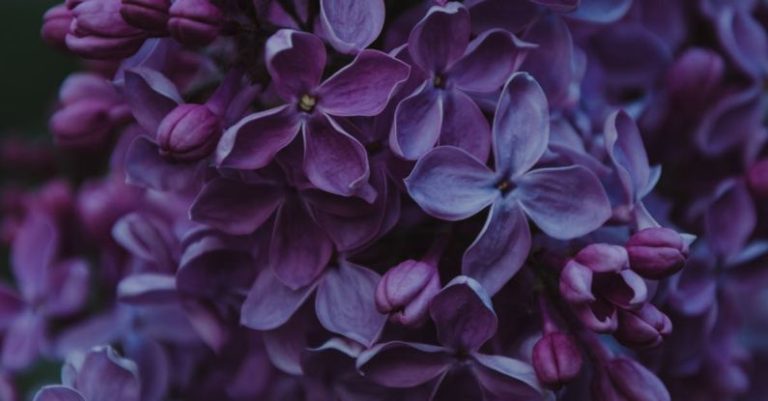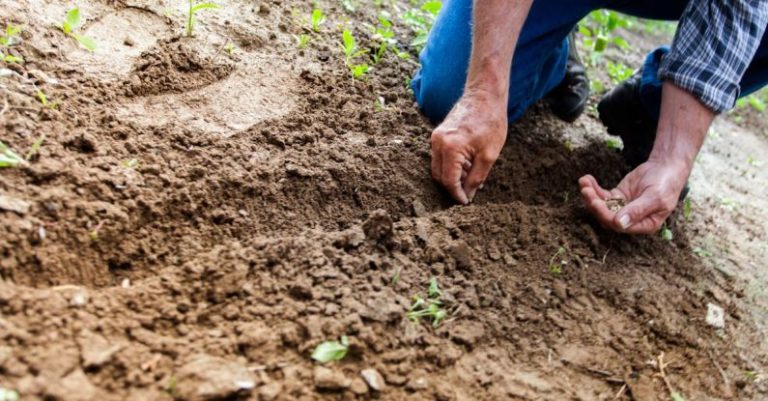How to Create a Butterfly Garden
Butterfly gardening is a delightful way to attract these colorful creatures to your outdoor space while also promoting biodiversity. Creating a butterfly garden requires some careful planning and consideration to ensure that it provides the necessary resources for butterflies to thrive. By incorporating a variety of plants, providing water sources, and creating suitable habitats, you can transform your garden into a haven for butterflies. Follow these tips to create a butterfly-friendly garden that will not only beautify your outdoor space but also support these important pollinators.
Choosing the Right Plants
One of the most crucial aspects of creating a successful butterfly garden is selecting the right plants. Butterflies are attracted to a diverse range of flowers that provide nectar for feeding, as well as host plants for laying eggs and supporting caterpillars. To attract a variety of butterfly species, choose a mix of nectar-rich flowers such as coneflowers, zinnias, and butterfly bushes. Additionally, include host plants like milkweed for monarch butterflies and parsley for swallowtails to support the different life stages of butterflies in your garden.
Creating a Welcoming Habitat
In addition to providing the right plants, creating a welcoming habitat is essential for attracting butterflies to your garden. Butterflies need sheltered areas to rest and bask in the sun, so incorporate features like rocks, logs, and bushes where they can seek refuge from wind and predators. Creating a diverse range of heights and textures in your garden will also provide opportunities for butterflies to find suitable perches and nesting sites.
Offering Water Sources
While butterflies primarily get their moisture from nectar, they also require water for hydration. Providing shallow dishes of water with rocks or sand for landing spots can attract butterflies to your garden. You can also create a butterfly puddling area by filling a shallow container with damp sand or soil mixed with a bit of salt to provide essential minerals for butterflies. Ensure that the water sources are kept clean and refreshed regularly to prevent the spread of diseases.
Avoiding Pesticides
To create a butterfly-friendly garden, it is crucial to avoid using pesticides and chemicals that can harm butterflies and other beneficial insects. Instead, opt for natural pest control methods such as handpicking pests, using companion planting techniques, and attracting predatory insects like ladybugs and lacewings to keep your garden healthy and balanced. By creating a pesticide-free environment, you will help protect butterflies and create a safe haven for them to thrive.
Maintaining Your Garden
Once you have established your butterfly garden, regular maintenance is essential to ensure its continued success. Deadhead flowers to encourage continuous blooming and remove any weeds that may compete with your butterfly-friendly plants. Keep an eye out for signs of pests and diseases, and address any issues promptly to prevent them from spreading. By maintaining your garden with care and attention, you will create a thriving habitat that will attract butterflies year after year.
Enjoying the Beauty of Butterflies
Creating a butterfly garden is a rewarding endeavor that allows you to enjoy the beauty of these graceful creatures up close. By providing the right plants, habitat features, and water sources, you can attract a diverse range of butterfly species to your garden and support their life cycle. With some thoughtful planning and ongoing maintenance, you can create a butterfly paradise in your own backyard and contribute to the conservation of these important pollinators. So roll up your sleeves, dig in the dirt, and get ready to welcome butterflies to your garden!

